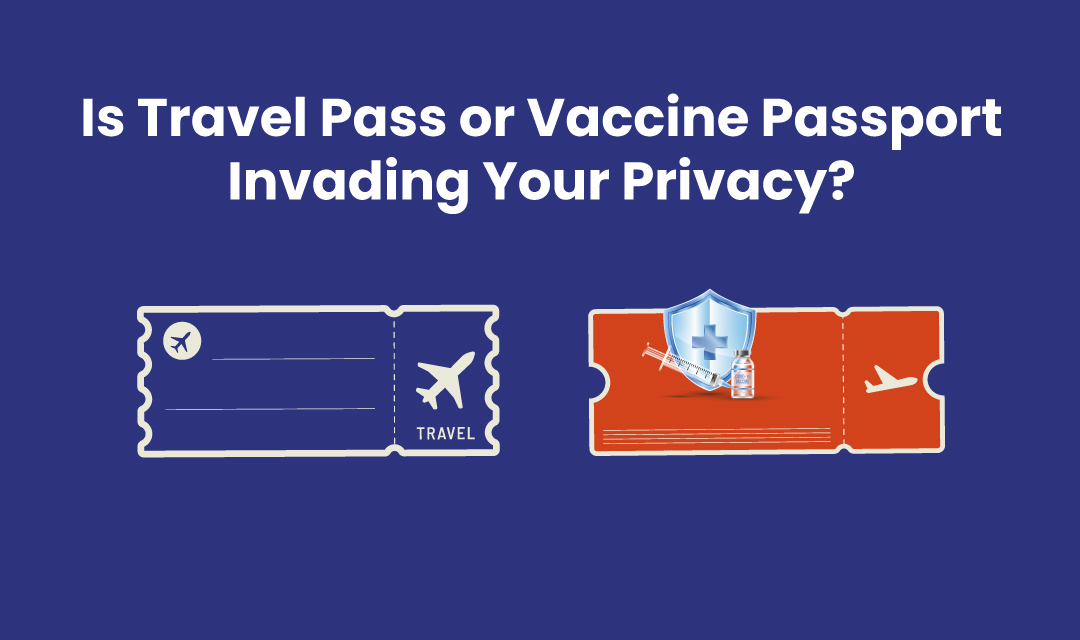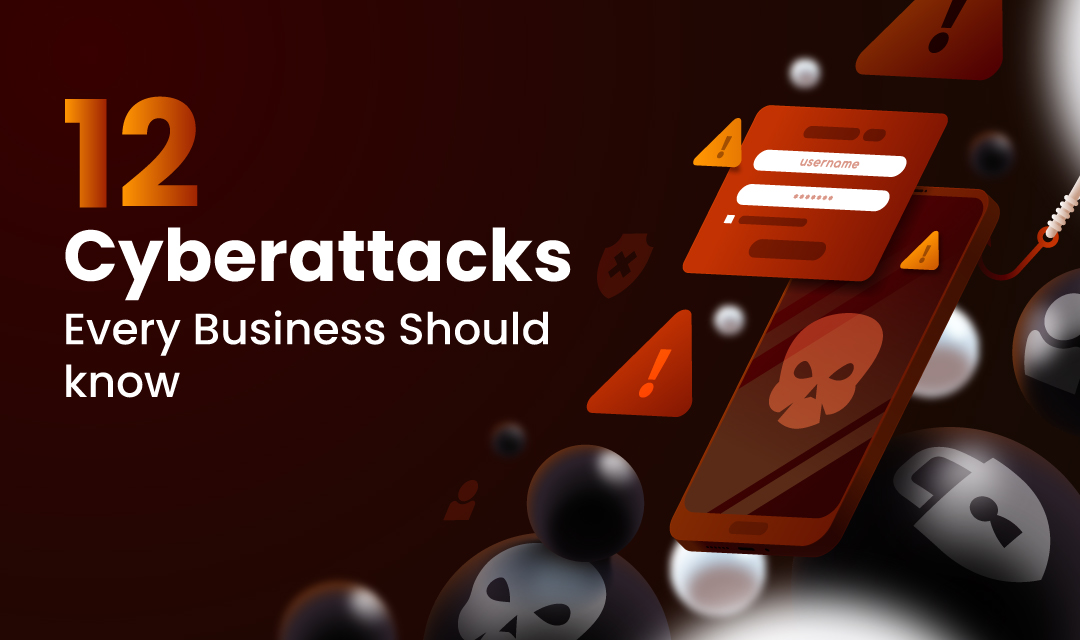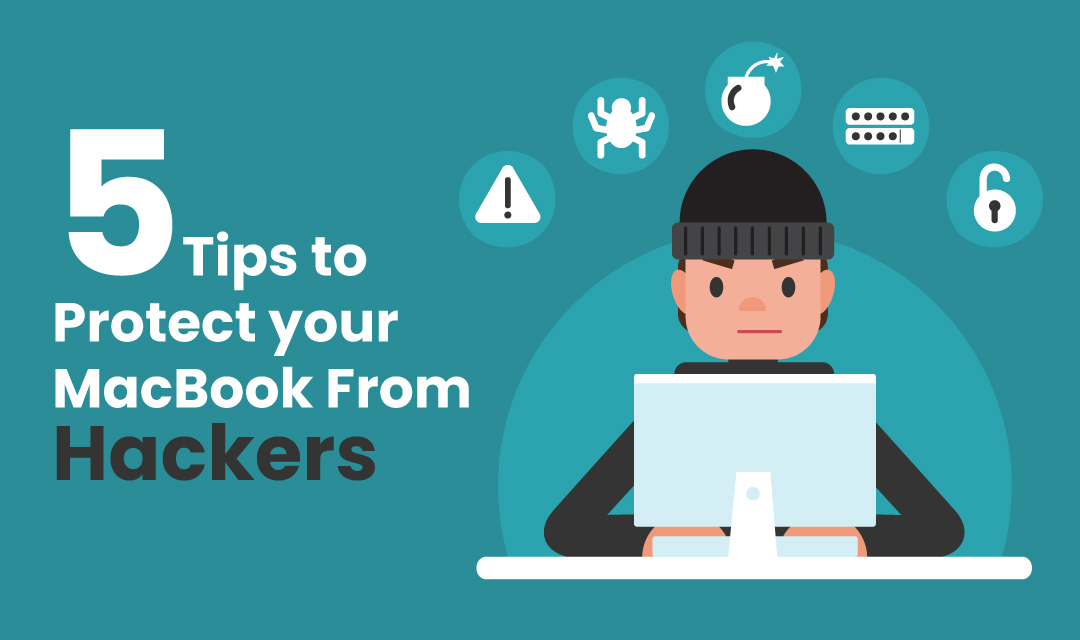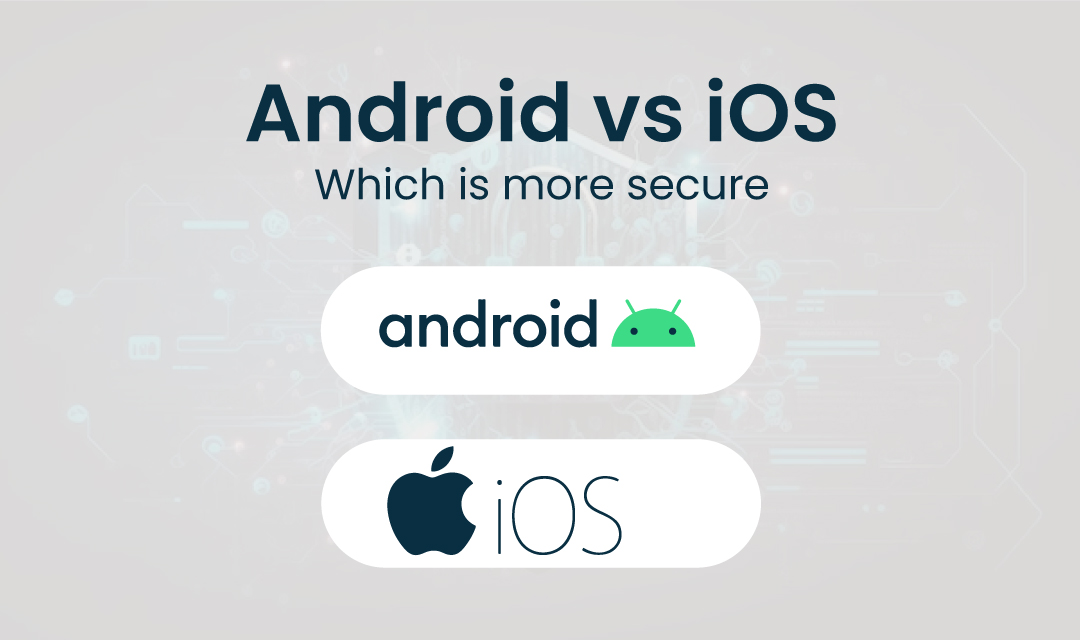
Summer is just around the corner, and we're dying to escape our home after over a year of stay-at-home endeavor. Ever since the coronavirus outbreak, a new normal was established where we are working from home, and have meetings over video conferencing tools like Zoom, Microsoft Teams, and Google Meeting. We anticipate over 50% of the population will be vaccinated by end of May in the USA, and nearing the end of the COVID-19 tunnel, but we aren't quite ready to freely travel the world like we used to. Countries defending well from COVID-19 are working together to create travel bubbles, and allow people to travel freely between regions.
[..]
Read more...










